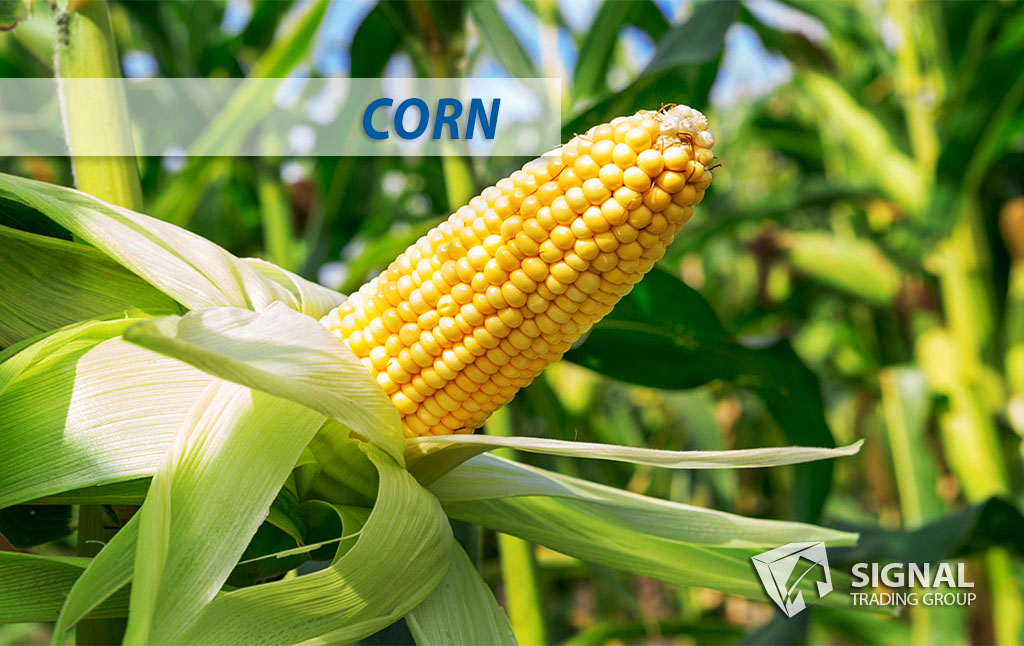What Makes the Corn Belt the Corn Belt?
When discussing American agriculture, it’s impossible to ignore the Corn Belt – a region stretching across America’s heartland and includes key states like Iowa, Nebraska, Minnesota, Illinois, Indiana, Kansas, Ohio, Missouri, and Wisconsin. But what exactly makes this region so pivotal in the nation’s agriculture, and how do its unique properties contribute to its dominance in corn and soybean production? Join us as we take a fascinating journey through the factors that make up the Corn Belt’s agricultural success story, including its distinctive soil, crucial weather patterns, and other unique characteristics.
Prime Soil Conditions
Its unique soil is the heart of the Corn Belt’s agricultural prowess – the foundation for this region’s agricultural success. The soil in this area is comprised of a remarkable combination of minerals and organic matter, which produces a fertile, rich loam perfect for growing corn and soybeans. This mixture provides the nutrients these crops require to thrive, ensuring high yields season after season.
One key ingredient in this soil is its exceptional moisture-retaining properties. Corn Belt soil has a high water-holding capacity, allowing it to store the water needed to sustain crops despite varying precipitation levels. In addition, its fine-textured soil structure allows for efficient water infiltration and storage, reducing the risk of soil erosion and surface runoff. This climate resilience is crucial in maintaining a consistent, reliable output from the region’s fields.
Weather Patterns and Pre-Season Rains
Weather plays a significant role in the productivity of any agricultural region, and the Corn Belt is no exception. The climate here is characterized by warm summers and mild winters, providing the ideal conditions for growing corn and soybeans. The region experiences a reasonably even distribution of rainfall throughout the year, helping to maintain moisture levels in the soil. Importantly, pre-season rains are a common occurrence, helping to replenish soil moisture levels after winter and prepare the ground for planting.
These well-timed pre-season rains further strengthen the Corn Belt’s resilience in fluctuating climate conditions. Crucially, they ensure that the soil remains fertile and moist throughout the growing season, reducing the risk of crop failure from drought.
High Yields, Diverse Crops, and Technology Advancements
The Corn Belt is renowned for its impressive yields of corn and soybeans, with farmers in this region producing an astonishing 75% of America’s corn supply and 90% of its soybeans. This productivity stems from a combination of factors, not least of which is the region’s unique soil and weather conditions.
However, these high yields aren’t achieved by blind luck alone—farmers in the Corn Belt benefit from advanced agricultural techniques and technologies that boost their productivity. From precision agriculture – the use of modern technology to monitor and optimize crop growth and soil management – to genetically modified crops designed to withstand pests and diseases, the Corn Belt’s farming industry is as innovative as it is productive.
More Than Just Corn and Soybeans
While the Corn Belt’s name suggests a singular focus on corn production, the truth is that this region supports a diverse range of agricultural activities. In addition to corn and soybean cultivation, the Corn Belt is home to an extensive livestock industry, including pig, cattle, and poultry farms. This variety is crucial in maintaining the resilience and productivity of the region’s agricultural ecosystem.
Conclusion
The Corn Belt’s unique combination of soil, weather patterns, and technological advancements has made it today’s agricultural powerhouse. Despite the challenges posed by climate change and other environmental factors, this region’s crop yields remain consistently high, helping to ensure a steady supply of corn and soybeans for American consumers.





